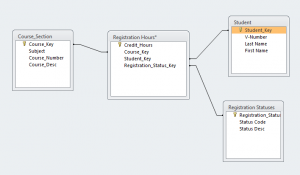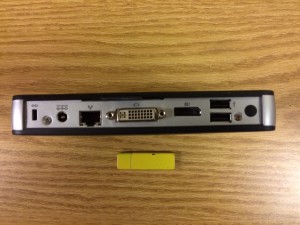Computer and Printer Replacement by Funding Source
-
General Fund Departments
- Most of the 2010 computers have been replaced. Computers purchased in 2011 are currently being replaced.
- Replacement of 2012 computers will begin in Fall 2016
- 2012 computers that are out of warranty and are currently failing will be replaced now.
- Printers:
- IT makes recommendations based on the age and utilization of the printer. Typical life-cycle for a laser printer is 5 – 7 years.
- Replacement is dependent on departmental budget.
-
IFC Funded Departments
- Computers purchased in 2007 and 2008 are currently being replaced.
- Some 2009 computers will be replaced before July 1, 2016
-
Student Technology Funded Labs
- Computers are replaced every 3 to 4 years.
- Higher level computers, such as those in the MIDI lab, tend to have a longer life.
- The maintenance contract with the printer vendor provides us with new replacement printers when the current printer is at end of life.
Software Updates
- Google Apps for Education
- Licenses for all WOU users
- Updates by Google on a periodic basis, several times per year
- Microsoft Office
- Microsoft Desktop for Education, campus license
- Latest supported version is loaded before new equipment is delivered to customer
- Latest supported version is loaded on older equipment, based on user request
- Lab computers are updated each summer
- Microsoft Desktop for Education, campus license
- Adobe Creative Cloud package, including Acrobat Pro
- Licensed to all student lab stations + 134 faculty / staff FTE
- License covers all student labs, both PCs and Macs
- Faculty and staff that require this package are included
- Licensed to all student lab stations + 134 faculty / staff FTE
- ARC GIS
- Campus license
- Students labs are updated annually
- Campus license
- SPSS
- Campus license for academic use
- Labs, faculty and staff are updated on an annual basis
- Campus license for academic use
- Many other software packages
- It is typical for software packages to be updated each summer




